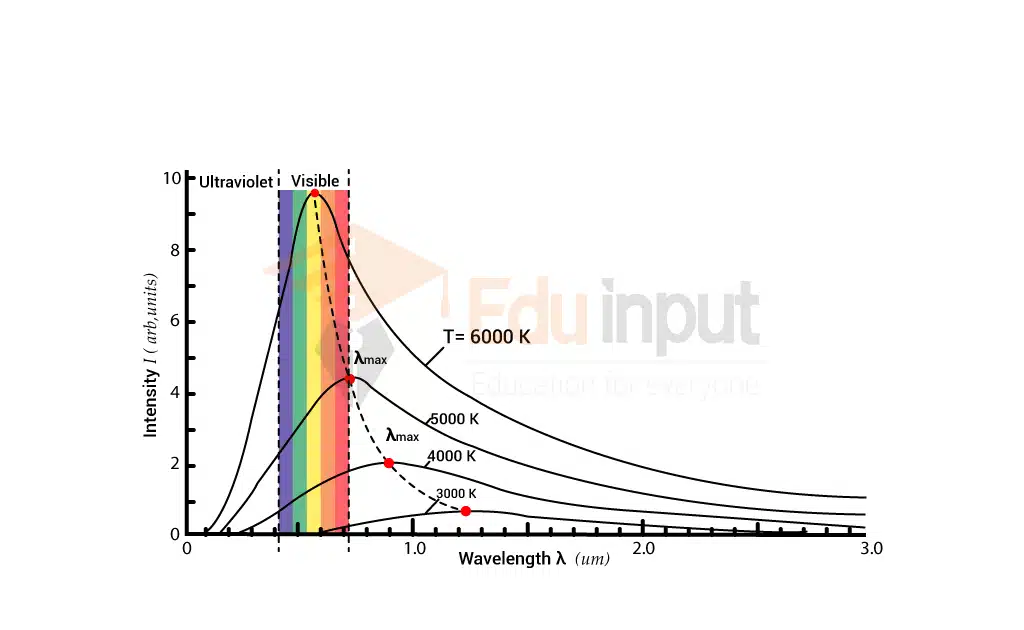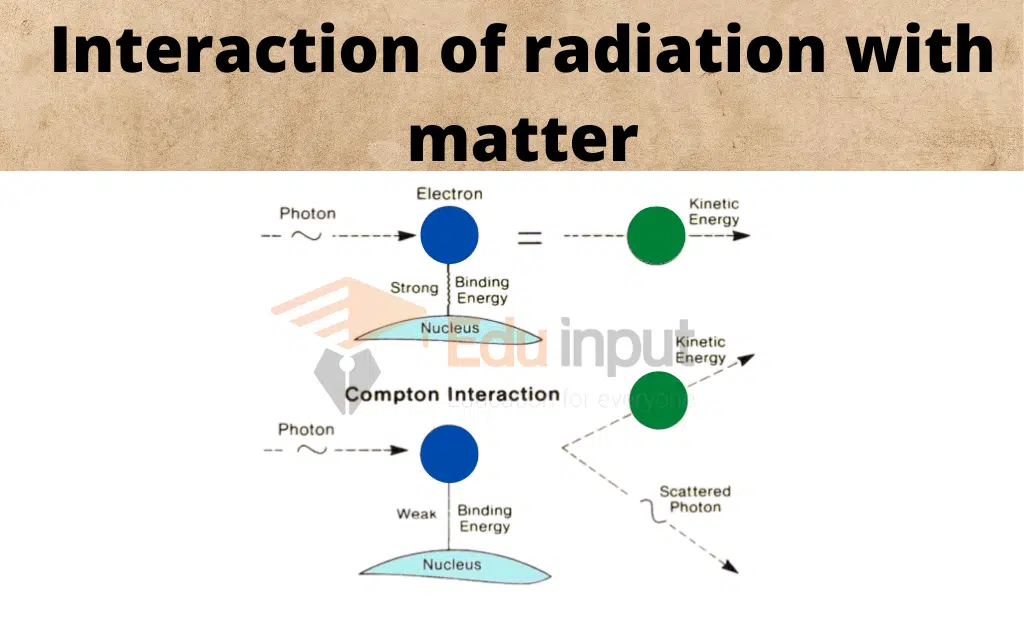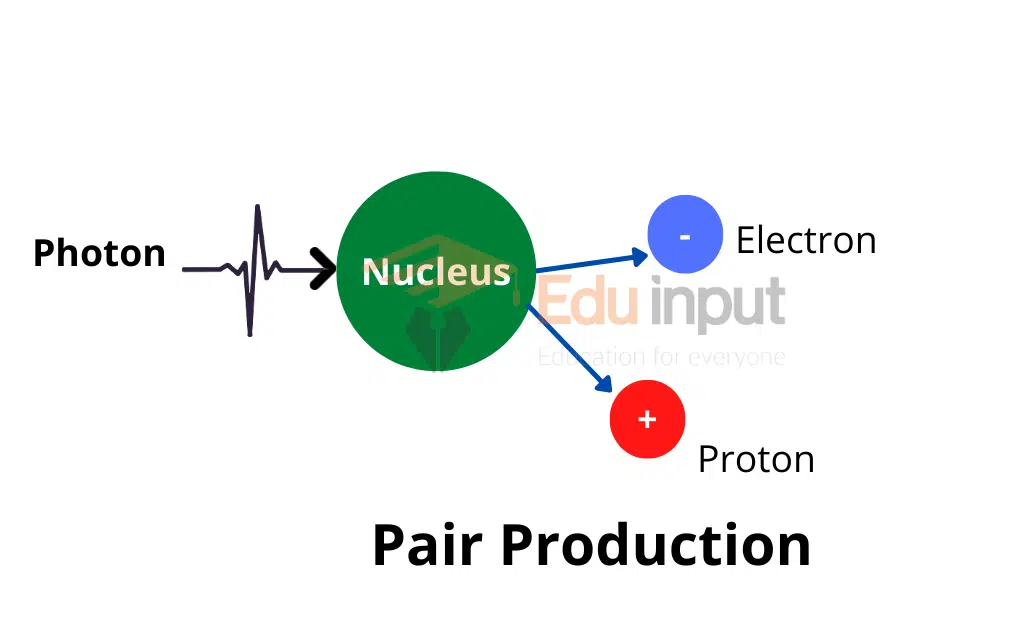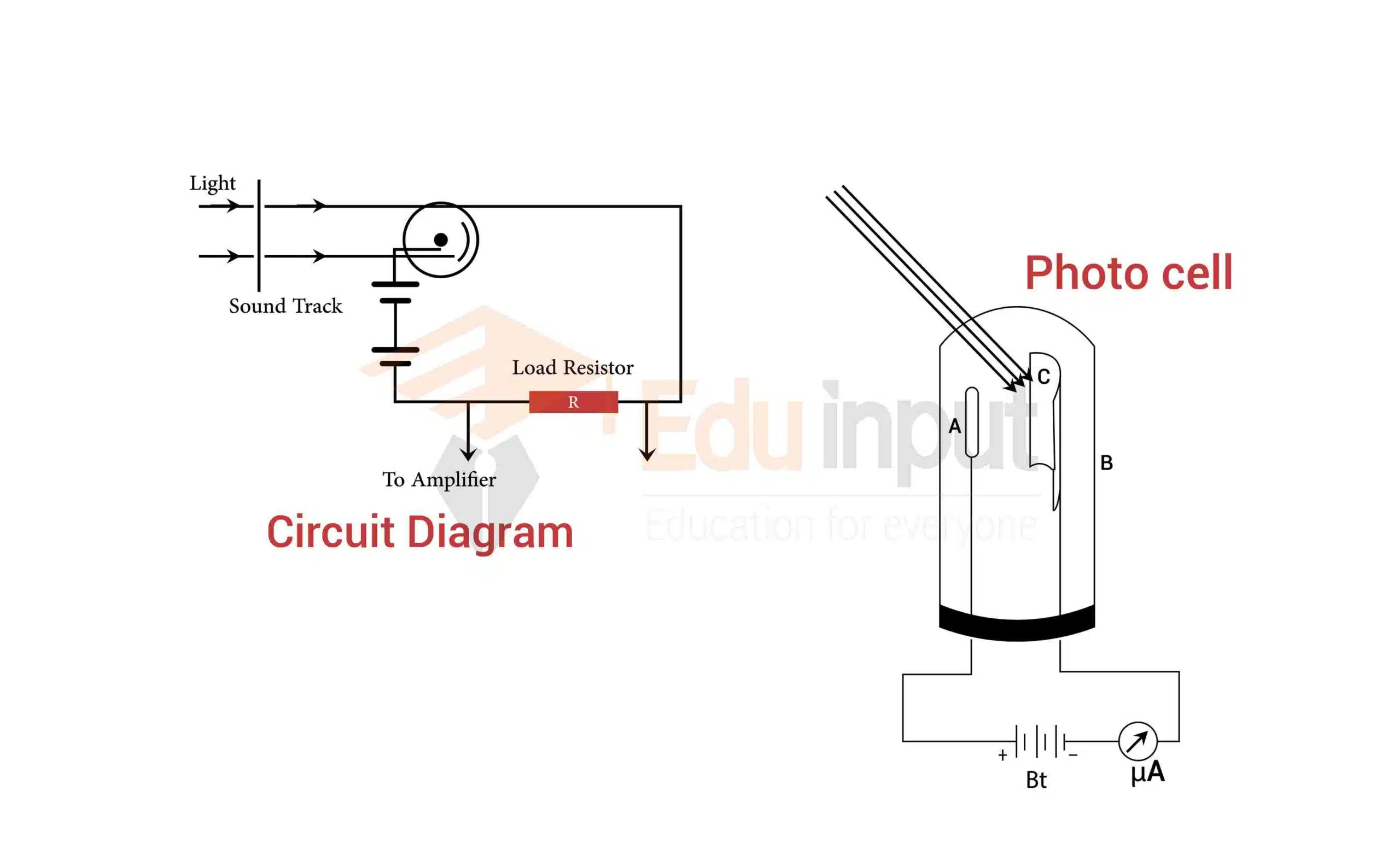Plank’s Radiation Law | Einstein’s Extension in Plank’s Radiation Law
In 1900 Max Plank stated that Plank’s Radiation Law which states that electromagnetic radiations are not radiated or absorbed continuously as required by the wave theory but radiated or absorbed in the form of discrete packets (bursts) known as quanta.
Plank’s Radiation Law
Electromagnetic wave theory cannot explain the black body spectrum because according to classical theory the energy emitted is continuous.
Planks assumed that as the matter is composed of a very large number of tiny particles, the radiations are also composed of tiny particles, which is called the quantum. He assumed that the granular nature of radiation from hot bodies was due to some property of the atoms producing it.
Each quantum is associated with radiation of a single frequency. The energy E of each quantum is proportional to its frequency f
E∝f
E=hf
Where f is the frequency of the emitted light and h is the Plank’s constant and has a value of 6.63 10-34 Js.
Since
f=c/λ
So using equation
E=hc/λ
This assumption earned the Nobel Prize in Physics in 1918 for the discovery of energy quanta.
Einstein’s Extension in Plank’s Radiation Law
Einstein extended this idea to electromagnetic radiations that these radiations are also composed of a large number of tiny packets or bundles and they could not be further subdivided.
Photon
These indivisible tiny bundles of energy are called photons. They are assumed to move with the speed of light c and have energy hf.
From the quantum theory
E=hf
Mass energy relationship
E=mc2
The momentum of the photon
P=mc
E=(mc)c
By putting the value on P
E=pc
Compare the mass-energy relation and quantum theory
Pc=hf
P=hf/c
As f=c/λ
P=hc/cλ
P=h/λ
The equation gives the expression for the momentum of a photon in terms of frequency and wavelength.
Electromagnetic Spectrum
It is clear from the spectrum that as the frequency increases the spectrum approaches high energy end gamma radiation i.e. about -1Mev and it is easily detected as quanta by a radiation detector and counter.

The other end with a very low frequency has the energy of a photon of electromagnetic wave (radio waves) of the order of10-10eV.
Millions of photons are required to detect a signal.
The quanta are so close together in energy value that radio waves are detected as continuous radiation.
The energy emission or absorption may be extended to include any system such as mass oscillating on a spring. The energy emission or absorption takes place in very small steps but these steps are far too small to be detected that they cannot be realized and granular nature is invisible.
These quantum changes are noticeable only when we are dealing the things on the atomic nucleus scale where ‘h’ is any detectable energy.







Leave a Reply